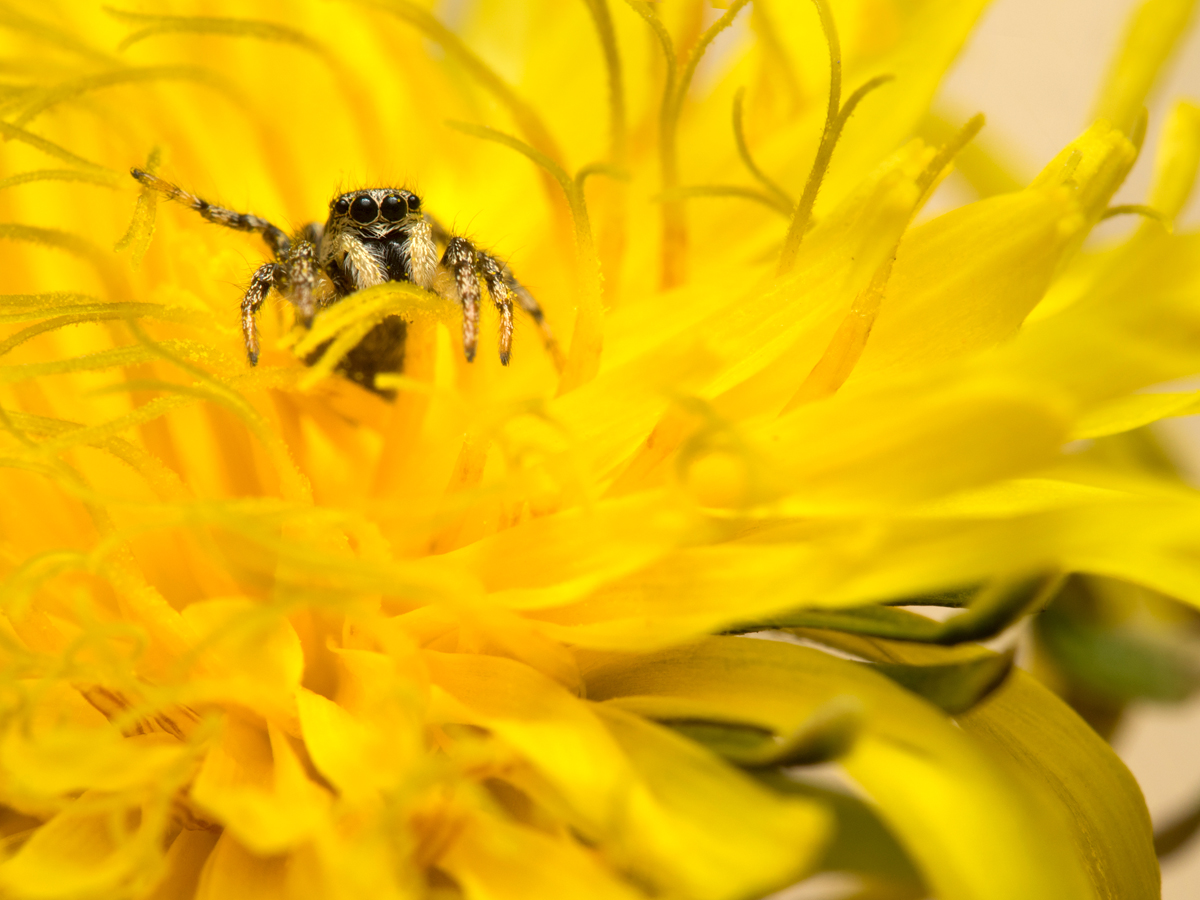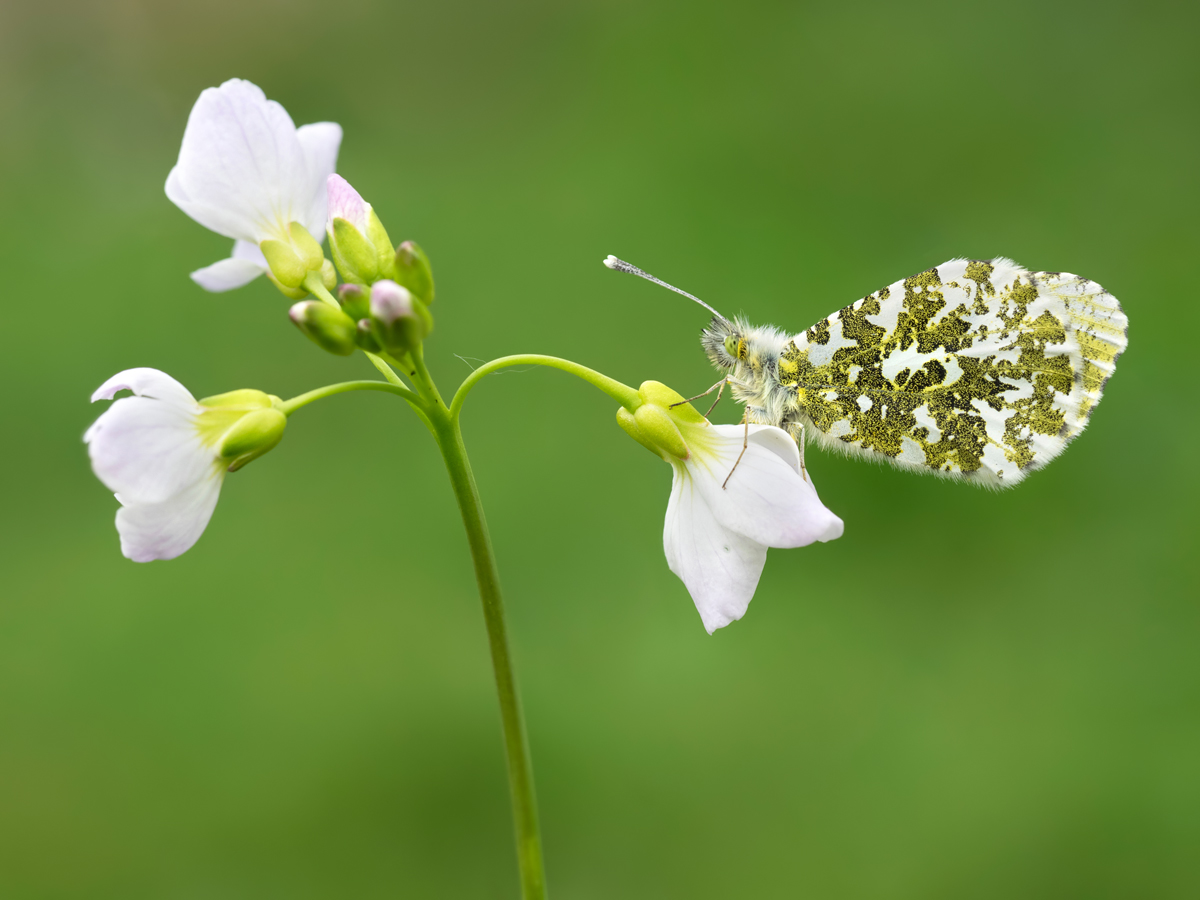The following text is taken (with permission) from my review of the Olympus OM-D E-M1 published in the August issue of
Wild Planet Photo Magazine.
Q1 What were your first impressions of the E-M1?
My first impressions were very positive. Compared to a DSLR, the E-M1 is small and lightweight even though it is one of the larger mirrorless cameras on the market. It is also a great looking camera with an attractive retro look that gives more than a nod to the original Olympus OM series.
Q2 Have you used a mirrorless camera system before?
No. As a result I wasn’t at all sure what to expect from the E-M1 or how it would compare to a DSLR.
Q3 In what ways is it different to your current camera system?
The size of the E-M1 is perhaps the single biggest difference to my current Canon DSLRs. The micro four thirds lenses are also very small and lightweight relative to equivalent DSLR lenses. A key reason for the diminutive size is the relatively small sensor contained within the E-M1. It measures only 17.3mm x 13mm, compared to Canon‘s APS-C sensor size of 22.2mm x 14.8mm and a full frame sensor size of 36mm x 24mm. A benefit of this smaller sensor is that the effective focal length of lenses is doubled relative to their use on a full frame body. A smaller sensor also provides greater depth of field (for an equivalent field of view) – something that appeals to me as a macro photographer.
Another key difference between the E-M1 and my current DSLRs is the presence of an electronic viewfinder (EVF) on the E-M1. This is perhaps the single feature of the E-M1 that concerned me the most prior to the test as I assumed the EVF would be inferior to an optical viewfinder. The EVF does take a bit of getting used to but it provides a bright and very detailed image with no discernible lag. For macro photography I also found the instant image review and the magnified view function to be very useful. After using the E-M1 for a while I became completely accustomed to the EVF.
Q4 What's it like to handle?
Despite its small size, the E-M1 is comfortable to hold due to the substantial hand grip, a feature not always present in mirrorless cameras. However the large number of buttons and dials and the fact that some of these perform multiple roles is a little daunting at first. I found it surprisingly difficult to perform fairly simple tasks such as changing the ISO, adjusting flash exposure compensation or adjusting the size of the chosen AF focal point. Fortunately the online instruction manual came to the rescue and, as ever, once you know how to change these settings they seem reasonably straightforward thereafter. In fact once I had used the E-M1 for a few hours I found it a pleasure to operate and increasingly realized that it contained an impressive range of features.
Q5 How good are the Raw files?
A concern that I had prior to using the E-M1 was how well it would perform in low light. A downside of a smaller sensor is often noisier images and so I was keen to examine the RAW files at a range of ISO levels. I was pleasantly surprised to find noise levels to be broadly similar to those produced by my current DSLRs. The E-M1 obviously can’t compete with the latest full frame cameras in terms of low light performance, but to compete with cameras with the larger APS-C sensor is itself quite impressive. I would say that the E-M1 is capable of producing publishable images at ISO 800 and perhaps slightly beyond.
Q6 What's the most impressive feature?
One of the most impressive features of the E-M1 is the quality of the touch screen LCD and particularly the ability to auto focus (AF) and shoot using the touch screen. I rarely use AF in my macro photography and so this isn’t a feature that I was expecting to be impressed by but when photographing a static subject using a tripod, tapping the LCD screen will instantly lock the focus on that part of the subject and fire the shutter. This feature, which works in much the same way as the cameras on many mobile phones, worked amazingly well on the Olympus 60mm macro lens and the Olympus 12-50mm kit lens, both of which are dedicated micro four thirds lenses (as opposed to regular four thirds lenses which can be used on the E-M1 via an adapter).
Q7 What are the strengths and weaknesses of the standard zoom lens?
The 12-50mm kit lens is a reasonable lens but, as is typical of kit lenses, it is by no means a great lens. Images are a little soft, particularly towards the edges at 12mm and all over at 50mm. There is also a degree of barrel distortion at 12mm and the maximum aperture is f3.5 at 12mm and a disappointing f6.3 at 50mm. On the plus side the 12-50mm range is very useful, the AF is fast and accurate and the lens is splash proof.
Q8 You shoot a lot of macro, were you happy with the results you got using the 60mm macro lens?
Yes, the Olympus 60mm macro lens produces excellent results. Images are very sharp throughout the frame with no signs of distortion or other imperfections. A slight niggle is that the choice between manual focus and AF is controlled via the camera rather than a switch on the lens itself. However, the lens does contain a switch to limit the AF to three alternative distance ranges as well as a short cut to move straight to 1:1 i.e. the lens’ maximum magnification.
Q9 How did the image quality compare with similar shots taken with your Canon macro lenses?
The image quality is comparable to my current macro lenses. The only real differences are that the Olympus 60mm macro provides greater depth of field as a result of the E-M1’s smaller sensor and benefits from the E-M1’s in-body image stabilization.
Q10 What was the flash like in use?
The E-M1 comes with a small detachable flash which works fairly well. It is not overly powerful but seems comparable to most onboard flashes and it can act as a wireless trigger for external flashguns such as the Olympus FL-600R. Some may not like the fact that it is detachable as it's something that could accidentally be left at home but if you don’t plan to use the flash its removal keeps the camera’s size and weight to a minimum.
Q11 How do you rate the camera’s focusing and metering?
In my tests the metering of the E-M1 was accurate, reliable and consistent. It dealt with high contrast scenes in much the same way as my DLSRs do. In terms of autofocus, the E-M1 uses contrast detection via 81 focus points when using native micro four thirds lenses and this proved to be very quick and accurate on both the Olympus 60mm macro and the Olympus 12-50mm lenses. However, when using regular four thirds lenses via an adapter, the E-M1 uses 37 point phase detection. While I wasn’t able to test the AF with a regular four thirds lens, some reports suggest that it may not perform quite as well as the contrast detection AF.
Q12 What’s your main grumble with the E-M1?
I have few grumbles with the E-M1 itself but, as a macro photographer, my main gripe with the micro four thirds system in general is the lack of a macro lens with a focal length longer than 60mm. Currently no manufacturer produces such a lens for either the micro four thirds mount or the regular four thirds mount. The crop factor of the E-M1 does mean that the Olympus 60mm macro provides a 35mm equivalent focal length of 120mm. However, I regularly use the Sigma 150mm macro on my Canon DSLRs which provides a 35mm equivalent focal length of 240mm. This focal length provides a great deal more working distance than the Olympus 60mm macro which has to be within a few centimetres of a small subject such as a butterfly in order to produce a frame filling image. Anyone wishing to use the E-M1 with a macro lens longer than 60mm would be reliant on used lenses.
Q13 Overall, has it lived up to your expectations?
Since I genuinely didn’t know what to expect from the E-M1 it has surpassed my expectations. It is a very enjoyable camera to use and produces excellent results.
Q14 What would you do to improve it?
The positioning and complexity of some of the buttons, switches and menu commands took a bit of getting used to but I think this is due to the fact that the E-M1 doesn’t have a top LCD screen like my DLSRs have and also because it has an awful lot of features packed into a small body.
Q15 So, is there a place for it in your camera bag?
I am very tempted to buy an E-M1 but I think it will depend on whether I can acquire a used macro lens with a 100mm+ focal length in the four thirds mount.
My rating
• Features 9/10. The E-M1 contains an impressive range of features for a camera of this size.
• Build quality 9/10. Build quality is excellent. The metal body of the E-M1 gives it a rugged and durable feel.
• Image quality 9/10. The E-M1 produces very high quality images and noise levels are lower than you might expect for a small sensor camera.
• Handling & Performance 8/10. It handles well once you have mastered the large number of buttons, switches and menu options.
• Value for money 8/10. The E-M1 is not a cheap camera with a price tag higher than many DSLRs.
Overall (out of 50) 43
Summary:
The E-M1 is a feature-packed camera that is small and lightweight yet delivers excellent image quality. The controls and menu options take some getting used to but, once mastered, the E-M1 is a pleasure to use. The micro four thirds lens range may constrain some uses of the E-M1 but hopefully this range will expand with time.
UPDATE: An E-M1 has indeed made its way into my camera bag along with a used Sigma 105mm macro in the full sized four thirds mount. However, I have found that I've used the Olympus 60mm macro far more than the Sigma 105.
Here are a few sample images, all taken with the Olympus 60mm macro lens:

















































